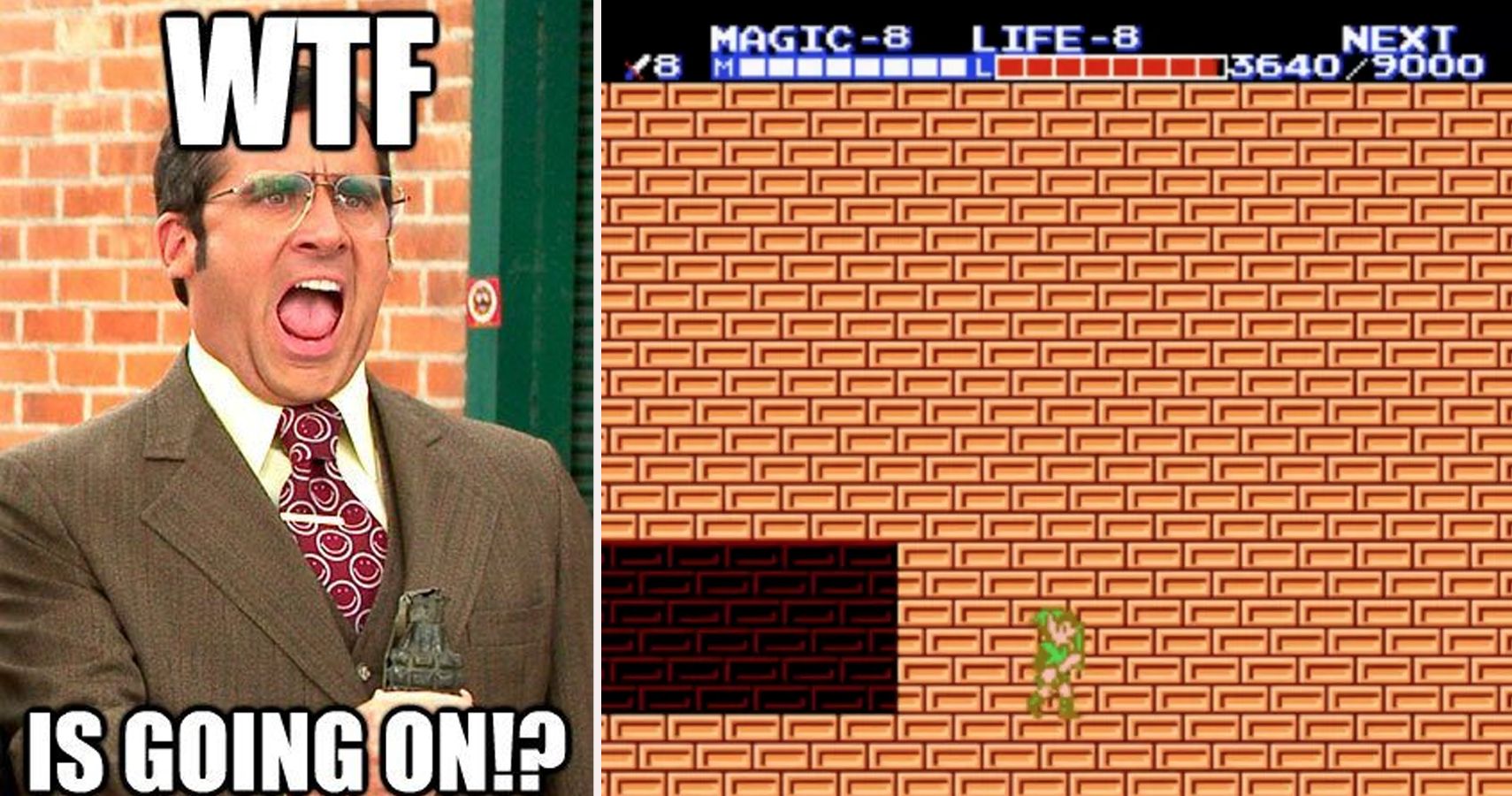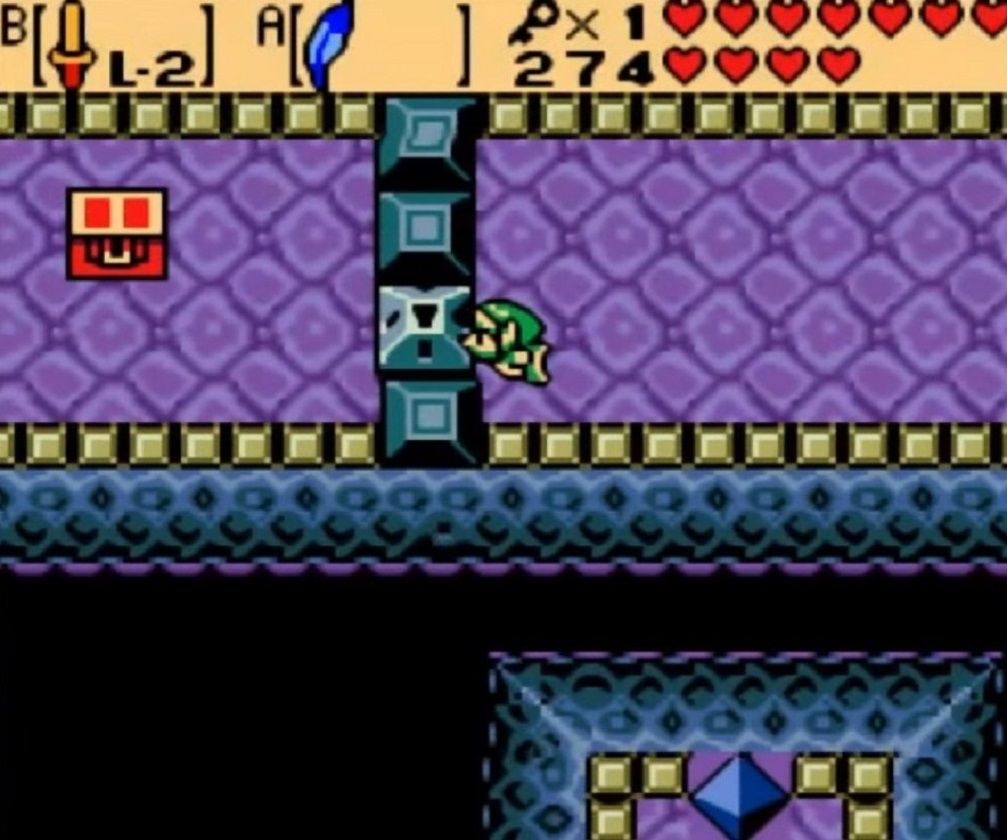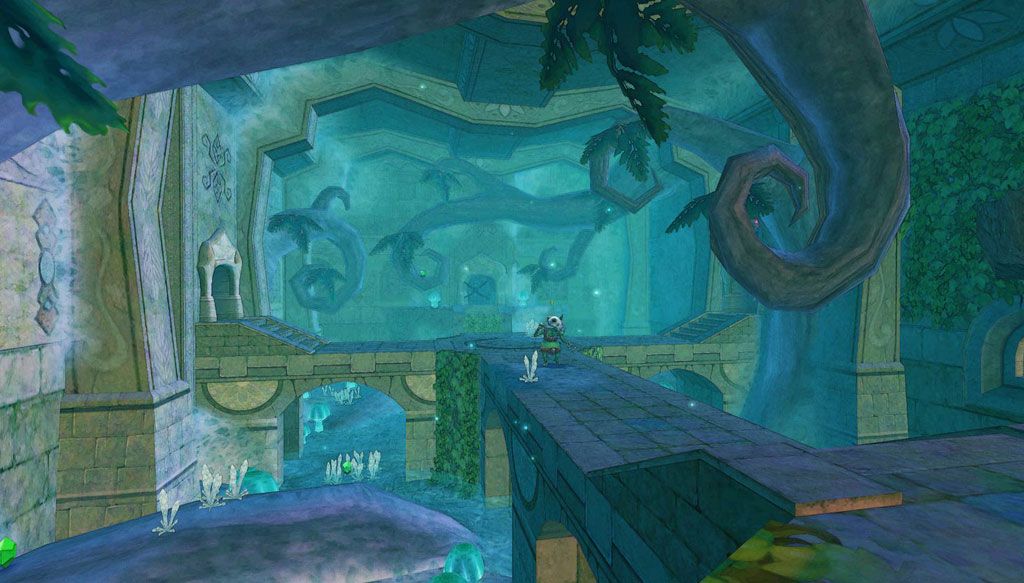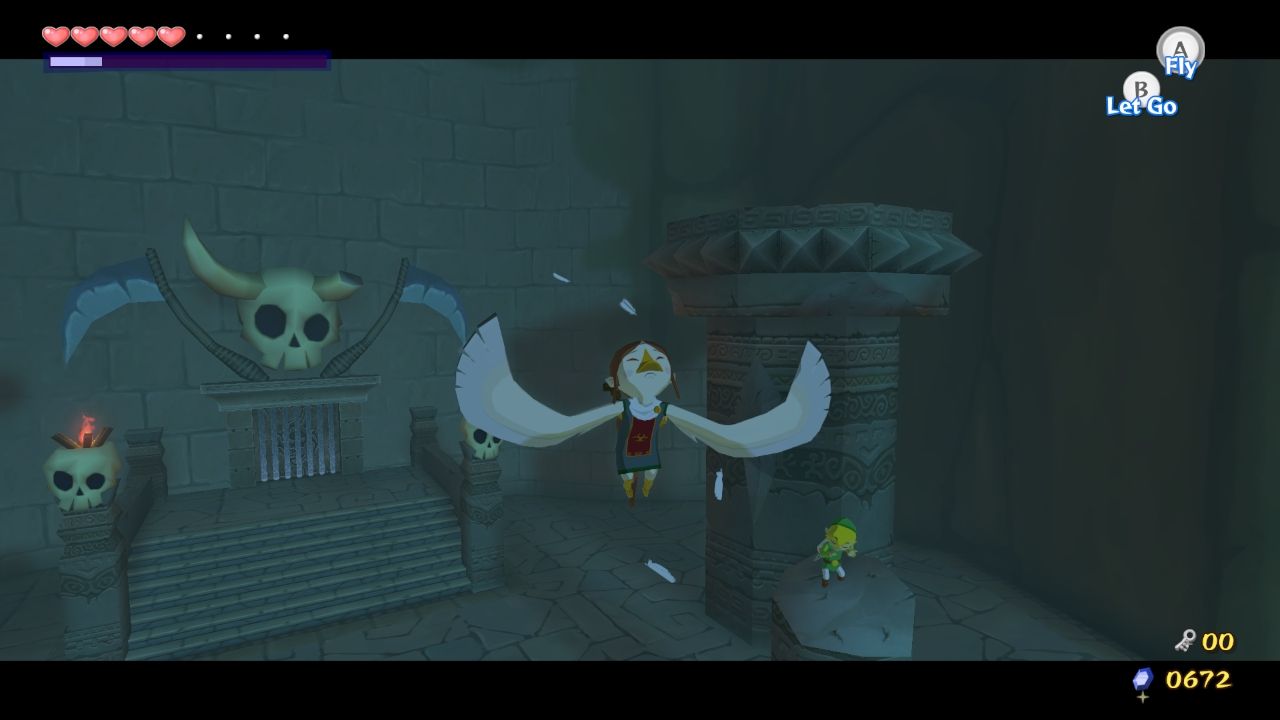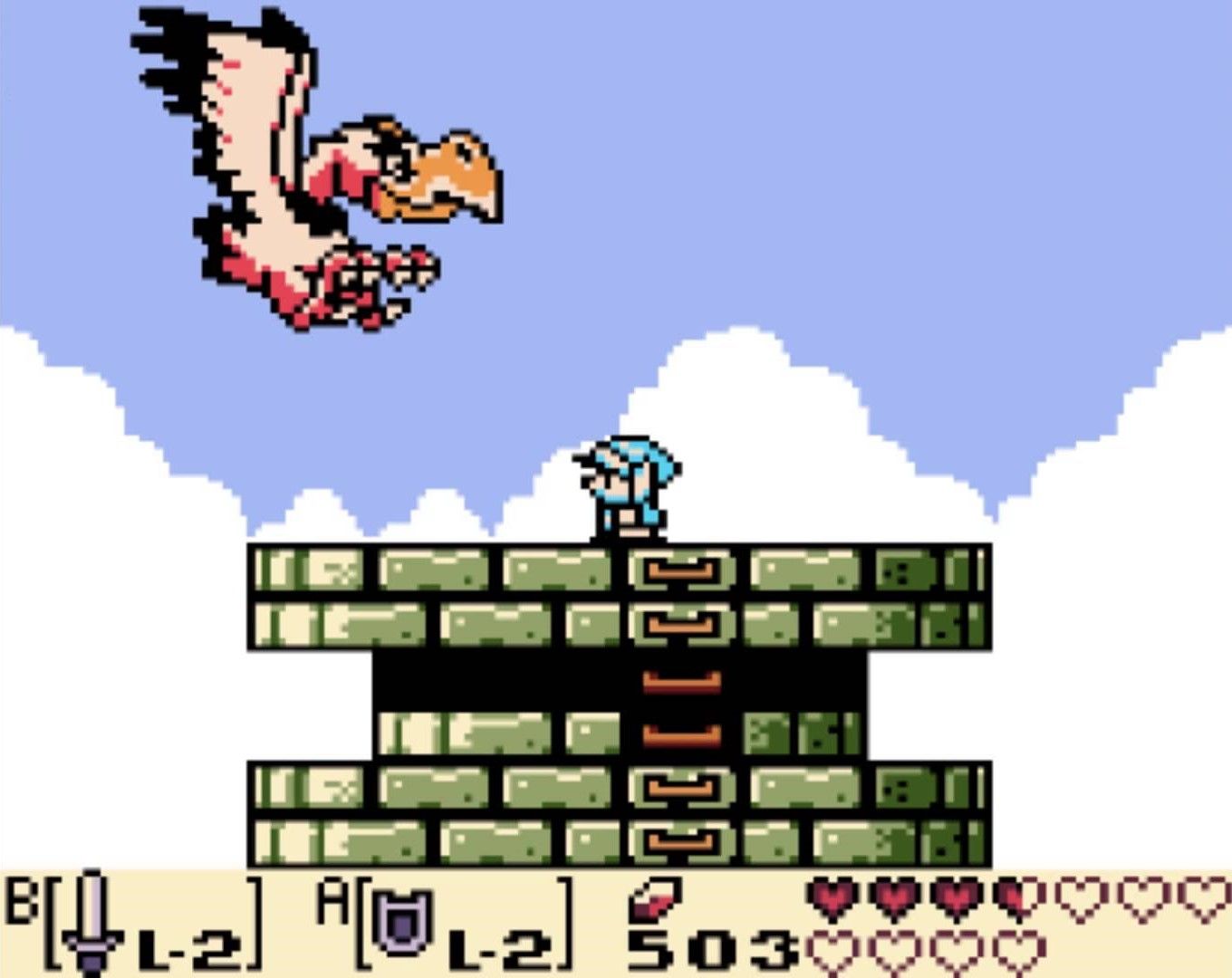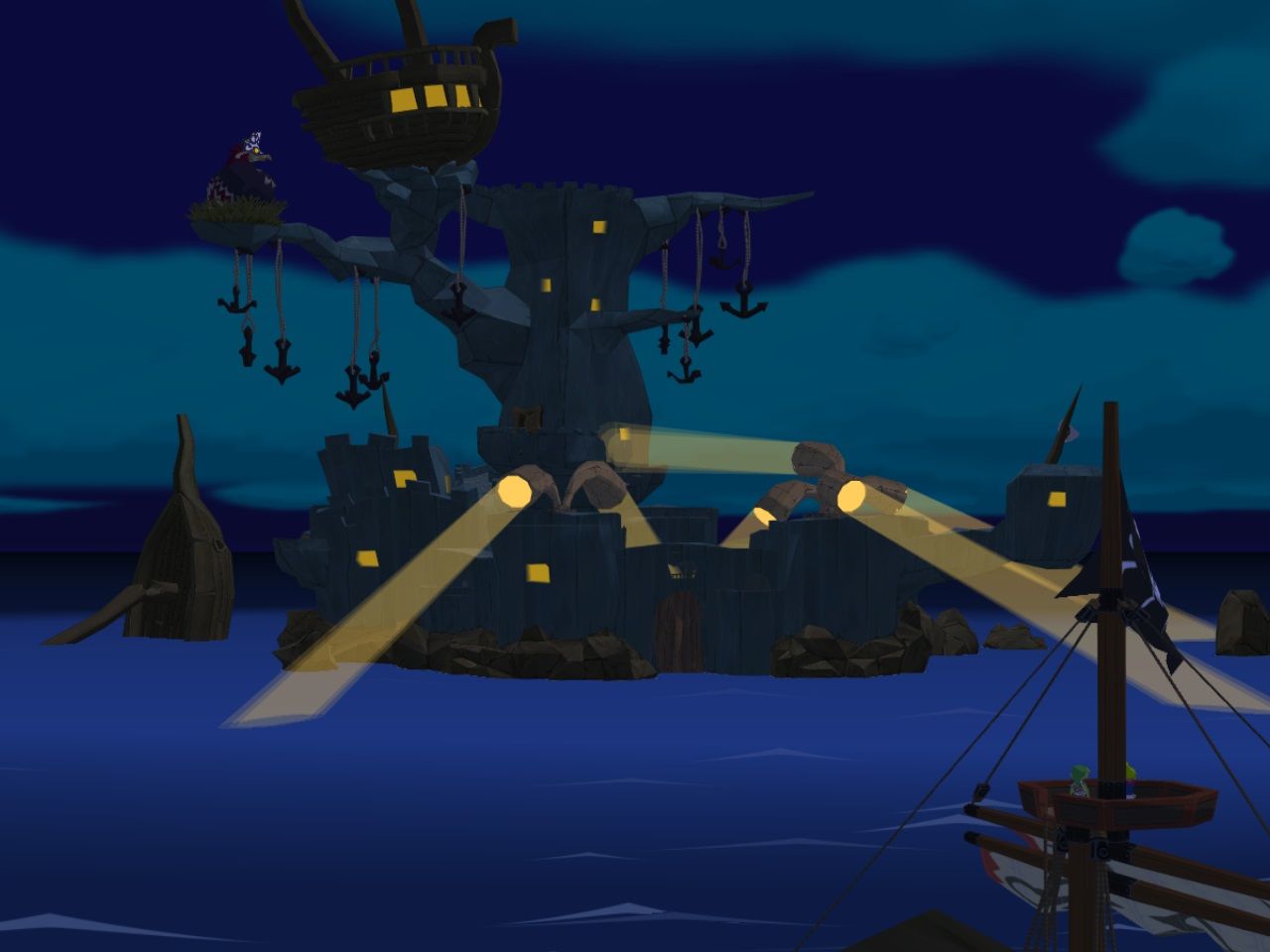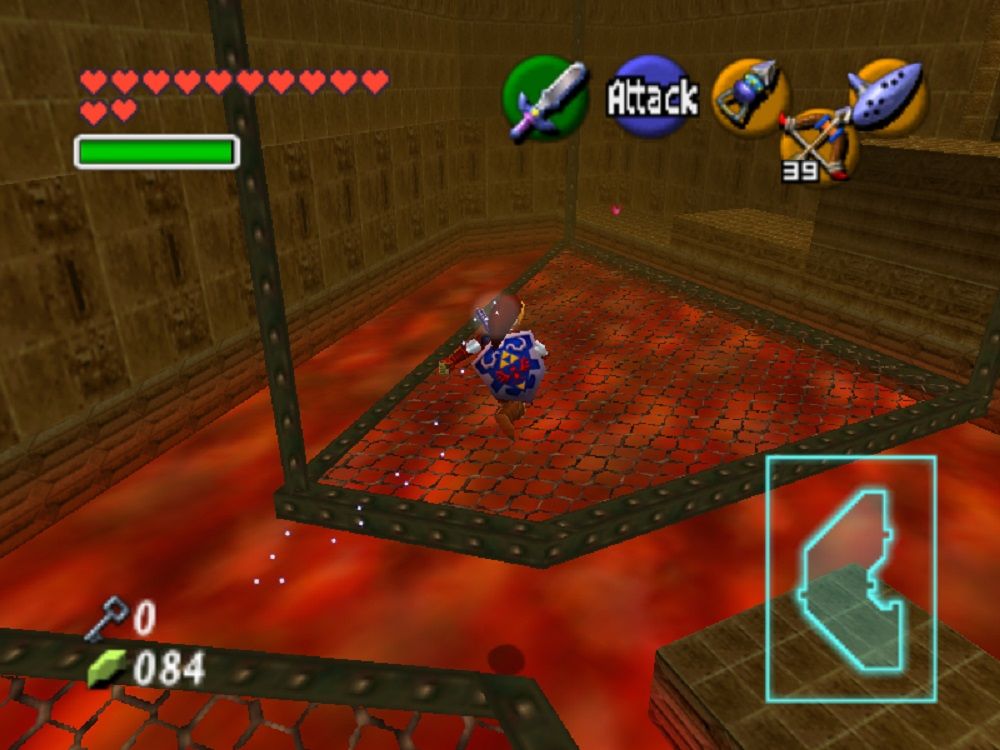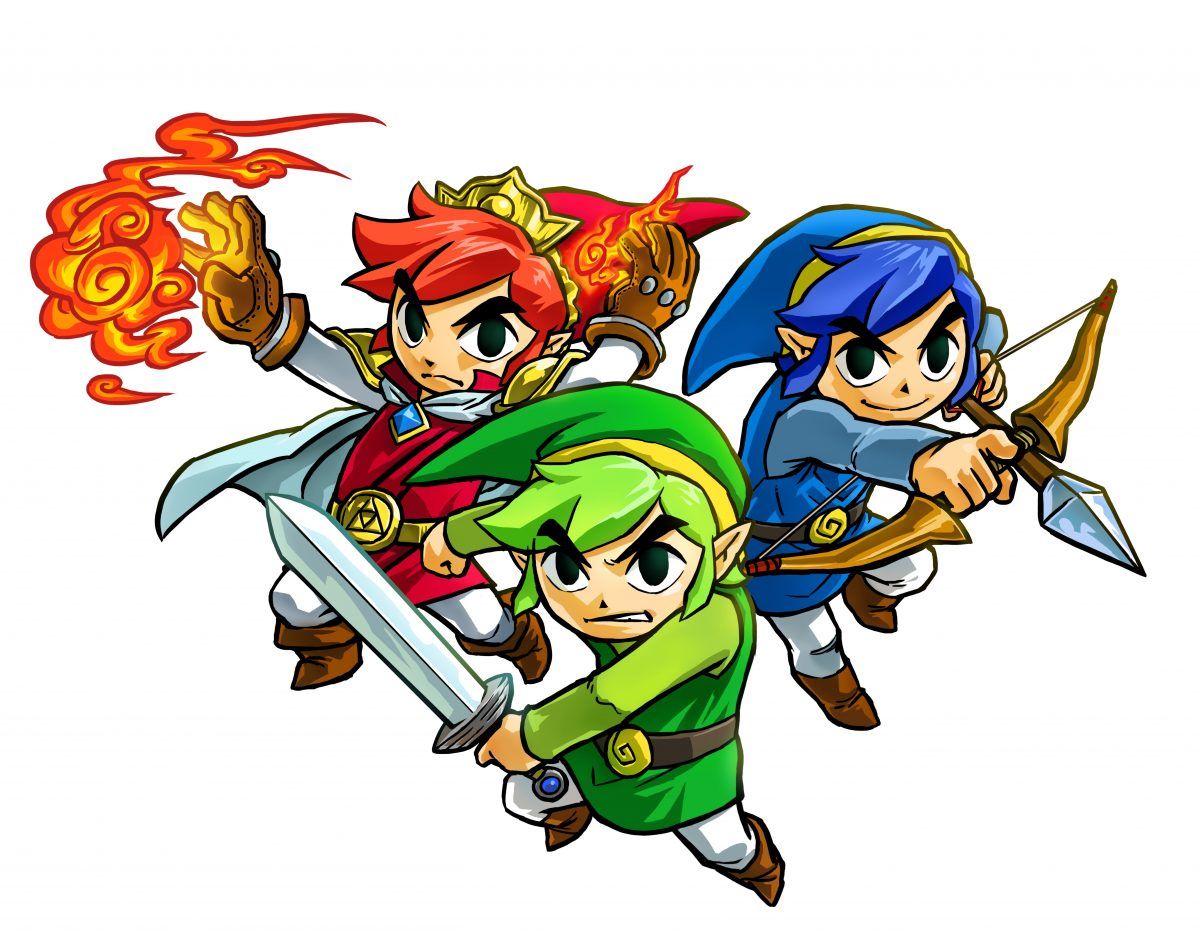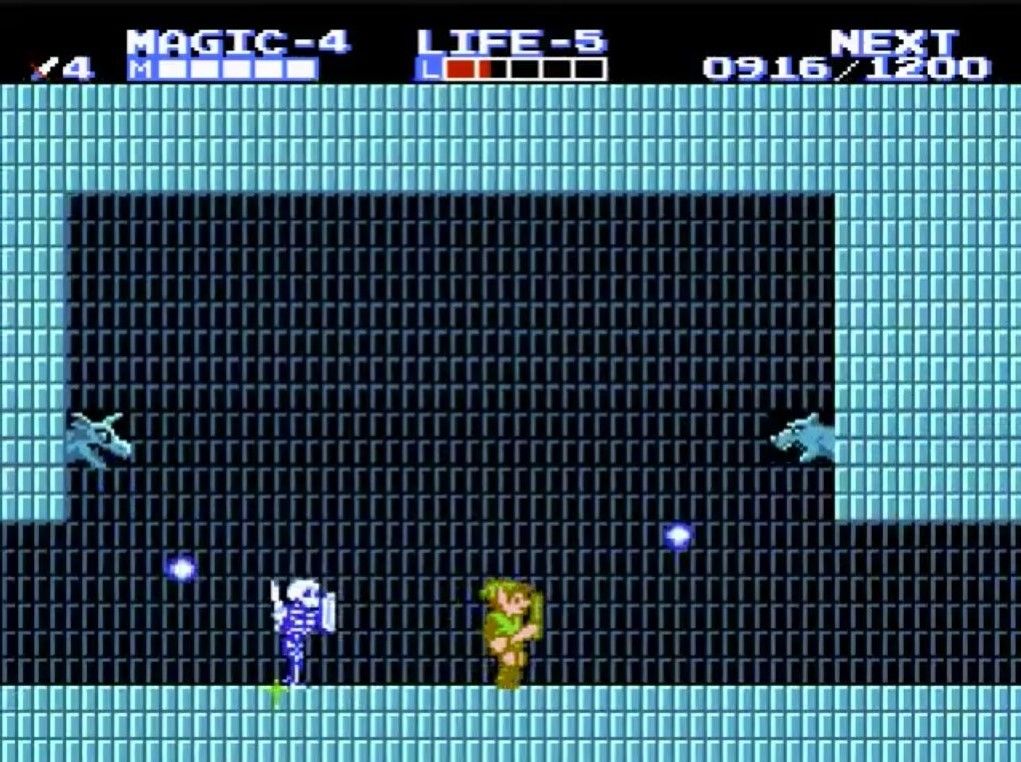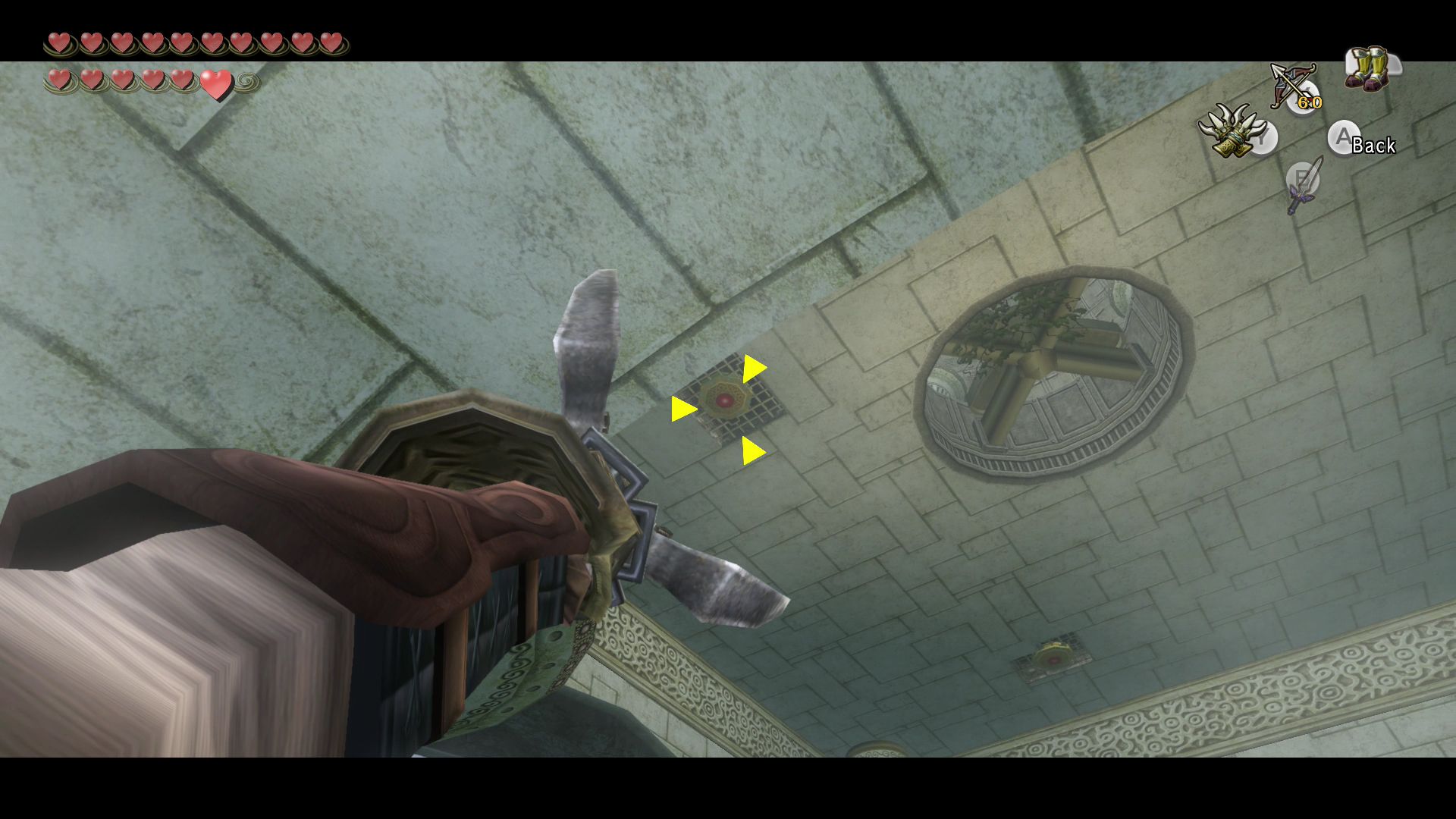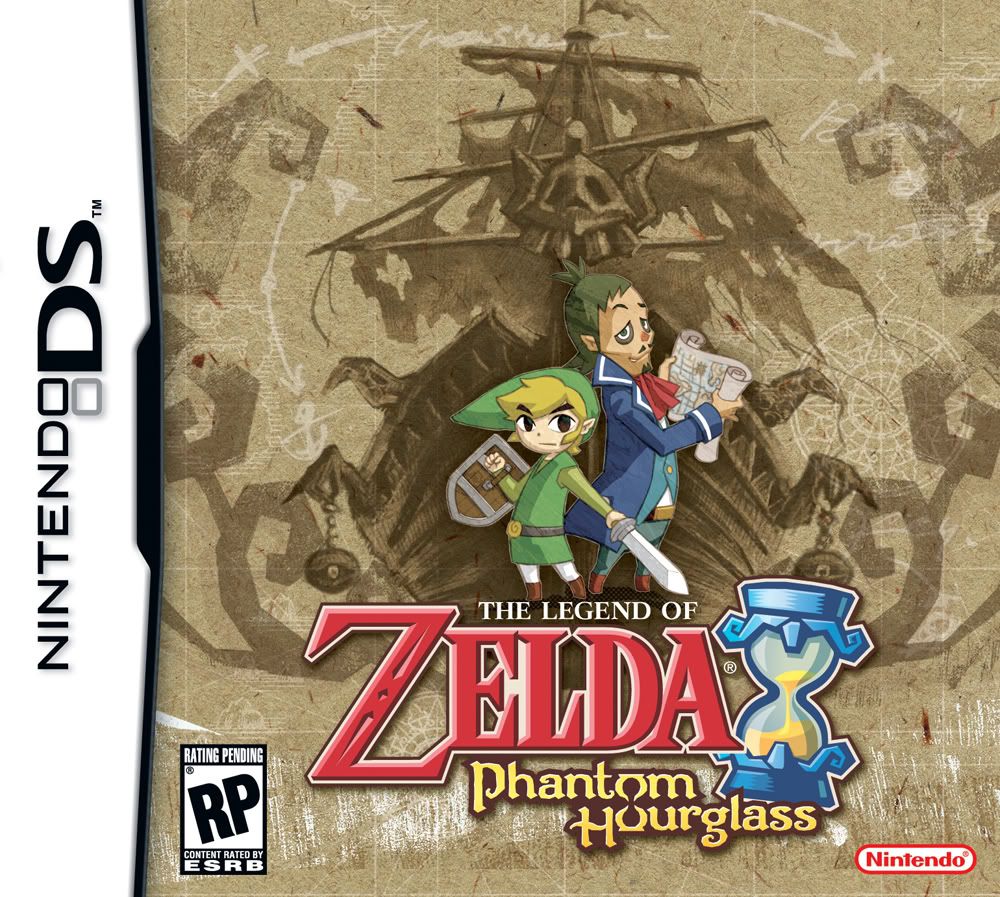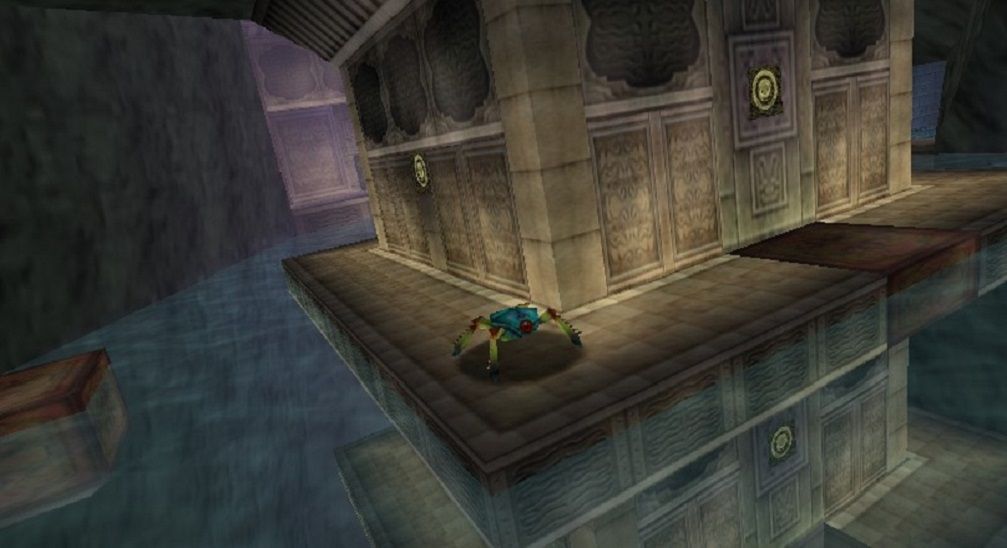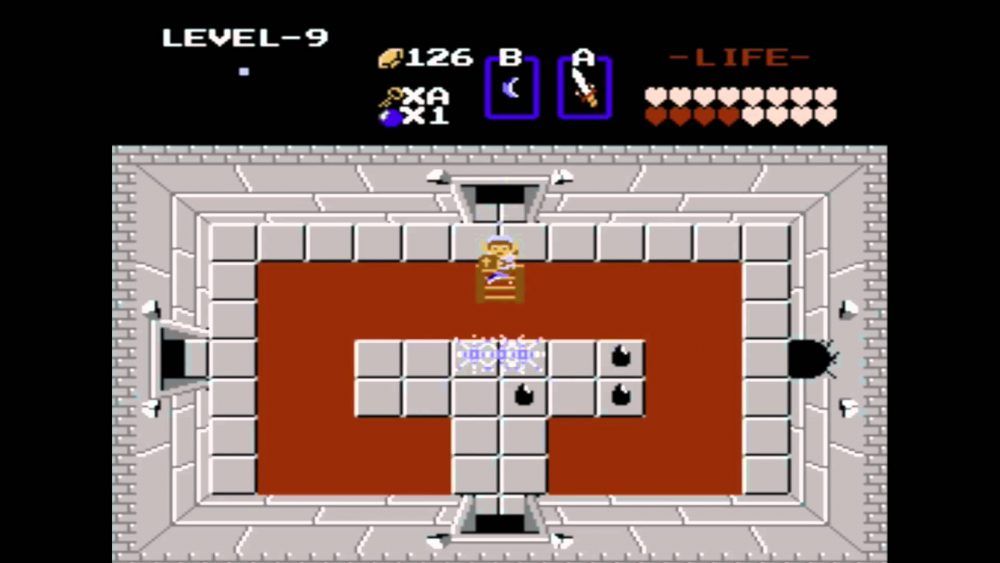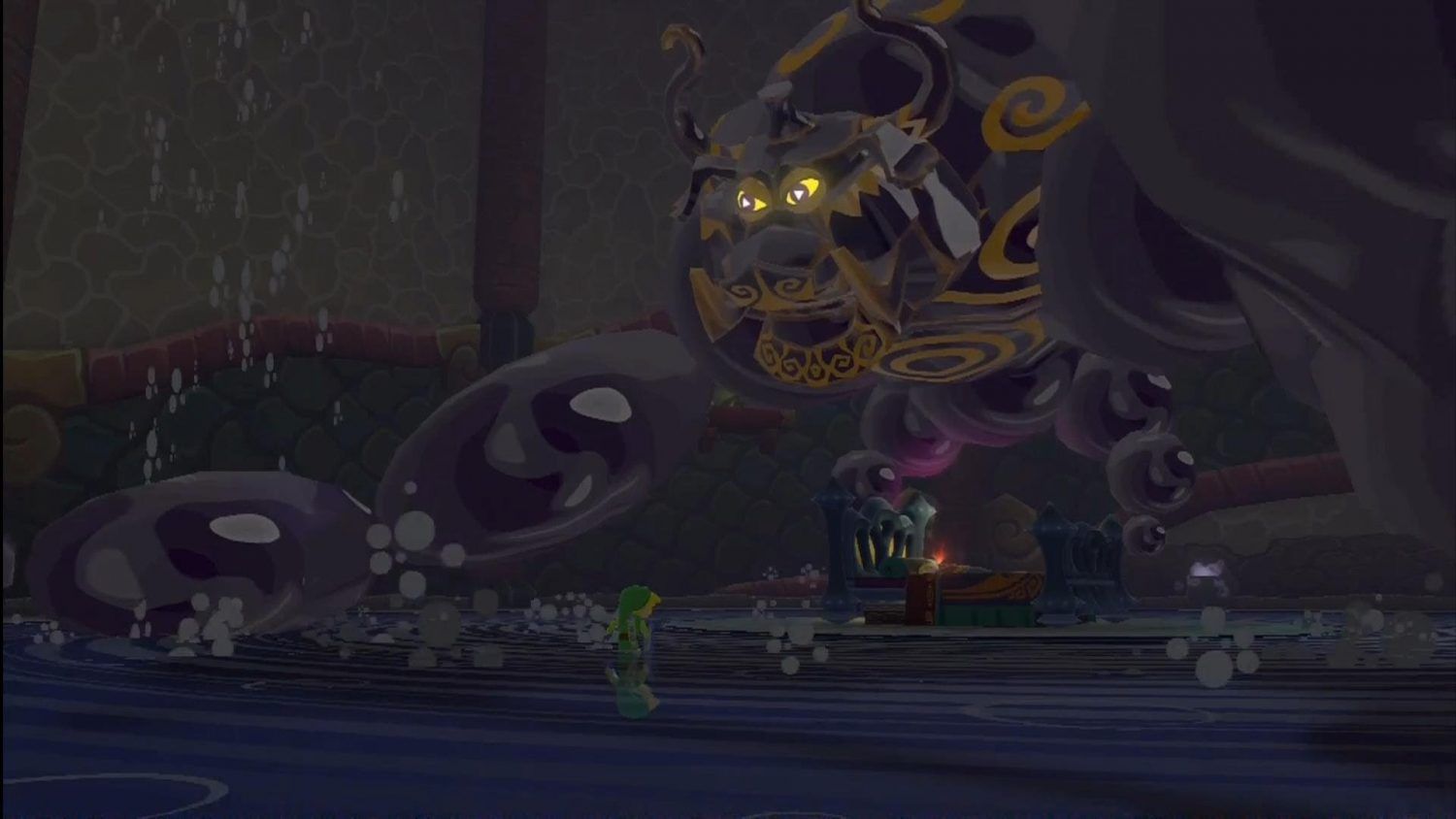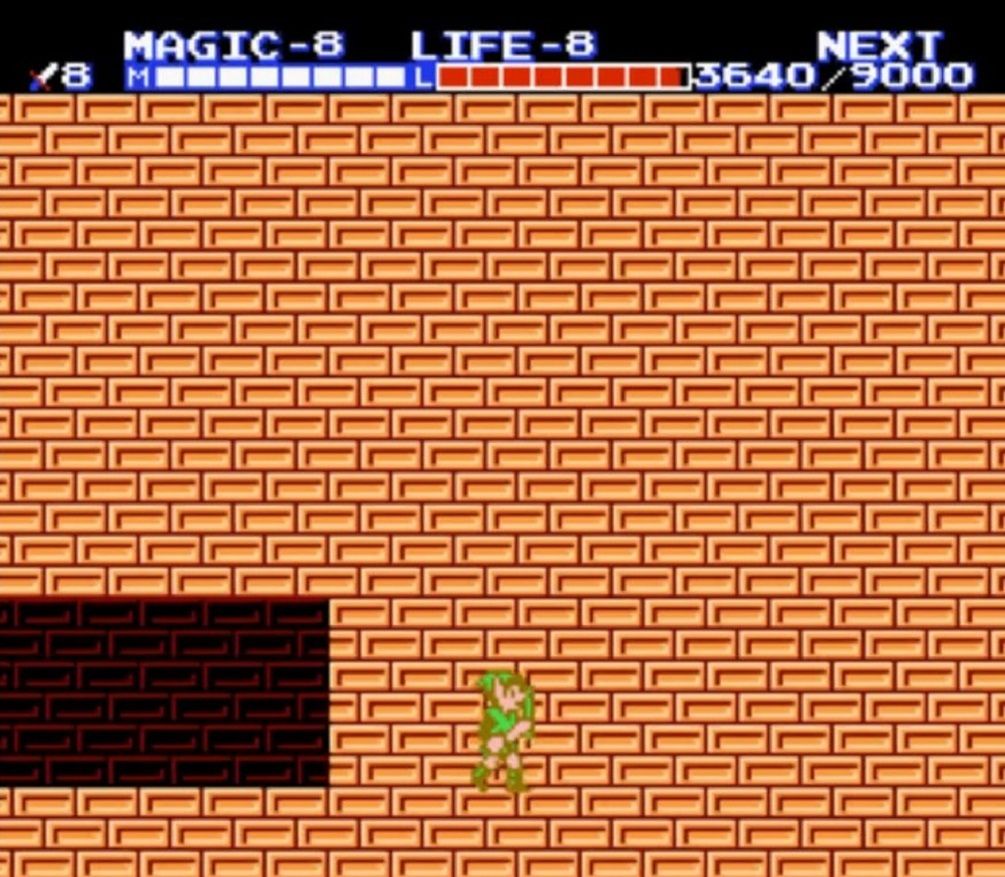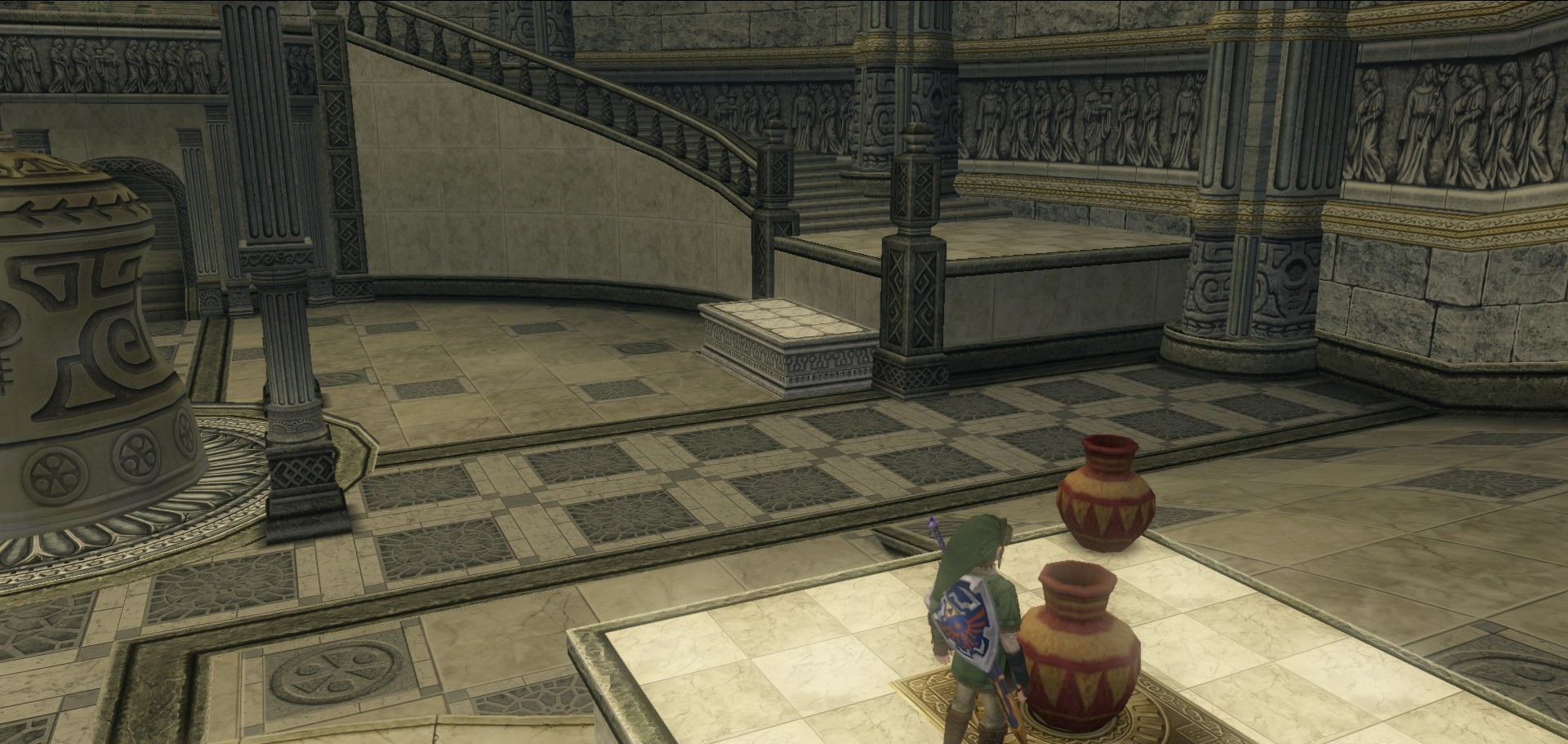With a new Legend of Zelda game hitting the shelves, there’s a lot of expectations for Nintendo. The company’s offering several new aspects to Zelda, but also continuing many traditions, including one of the most beloved and iconic components of the series: dungeons. With puzzles, items, bosses, and a variety of theme songs and aesthetics, dungeons provide the most entertaining and well-designed challenges within the Zelda series.
However, many dungeons in the series are looked down upon by players. These dungeons can be too unoriginal, too confusing, too difficult, or downright boring. Dungeons can suffer for a multitude of reasons, but every dungeon helps the series progress. Many dungeons build off of previous games, with repeated themes, locations, weapons, bosses, and styles continuing from game to game. Almost every dungeon tries to offer something new—unfortunately, new ideas or the combination of new and old don’t always benefit dungeons.
In honor of the new game in the series, Breath of the Wild, this article reviews the worst dungeons in the history of The Legend of Zelda. These dungeons explore a variety of gameplay styles, with some solely centered around combat while others focus on puzzles and platforming. All have faltered in one way or another, and while Nintendo has made up for several of these problems, certain mistakes reoccur throughout the series. With the hope that future Zelda games will benefit from the mistakes of their predecessors, here’s the 15 worst dungeons in the Legend of Zelda series.
15 Jabu Jabu's Belly (Oracle of Ages)
A 2-D water dungeon may sound odd, but Oracle of Ages incorporates the idea fairly well. While you normally tread carefully around cliffs and dark holes, in Jabu Jabu’s Belly you can swim across depthless abysses by raising the water level. Unfortunately, this mechanic falls short—for some reason you can’t cross low walls and you still have to swim up ramps to reach elevated platforms and “jump” off ledges to get down.
Because each water level affects rooms differently, you must revisit rooms multiple times in order to complete the dungeon. The dungeon’s large size, combined with the clunky swimming mechanic that only occasionally lets you avoid obstacles, prevents this dungeon from being as fun and original as it could be.
14 Skyview Temple (Skyward Sword)
This is actually a pretty good level when you first play through it—it’s the second visit that turns this dungeon into a bad memory. By forcing players to redo Skyview Temple, Nintendo tries to revitalize the dungeon formula but instead demonstrates why temples should only be used once. The trek involves brief uses of your newly earned swimming and digging powers, but neither of these abilities add much to the original temple. Only the enemies at the end are exciting, but they don’t last long. Instead of encountering new challenges, you pass by puzzles and rooms you’ve already completed. Hardly anything changes in a dungeon you finished way back at the beginning of the game, making your second visit an errand rather than an adventure.
13 Earth Temple (Wind Waker)
Despite its creepy enemies, music, and aesthetic, the Earth Temple is lacking thanks to its vast number of negligible tasks. Discovering puzzle solutions in the Earth Temple can be exciting, but the thrill vanishes when you have to carry out those solutions. Only after slowly pushing blocks, pausing to conduct songs, and awkwardly aiming the Mirror Shield do you finish the puzzles in the dungeon.
Maneuvering through the temple with two characters is a great idea. Switching from Link to Medli requires far too much time, however. To complete the dungeon, you must play the Earth God’s Lyric several times and the Command Melody too many times to count. If playing the Wind’s Requiem throughout the game hasn’t already made you want to throw the Wind Waker into the sea, the songs in this dungeon certainly will.
12 Eagle's Tower (Link's Awakening)
Eagle’s Tower almost works really well, but the dungeon carries its central mechanic a bit too far. To finish the dungeon, Link must throw a ball around the map to break four pillars. While the ball produces great puzzles within individual rooms, the mechanic becomes wearisome when you have to throw the ball over a wall and maneuver through the entire dungeon just to return to the ball.
Despite the repetitive ball, Eagle’s Tower wouldn’t be on this list if not for the boss. Instead of utilizing the Mirror Shield found in the dungeon, Evil Eagle may be defeated with your sword. After a long and challenging dungeon, the boss battle ends quickly as you wait for Evil Eagle to appear, turn toward it, and simply tap the attack button.
11 Forsaken Fortress (Wind Waker)
With a simple but well-contained map and obvious destinations (literally beacons of light), Forsaken Fortress works well as the starting dungeon of a Zelda game. The setting may be a bit bland, but the music fits the fortress nicely.
The only problem with the dungeon is its large amount of sneaking. Replaying the dungeon transforms the sneaking mechanic from an exciting test of patience to a time-consuming chore. If you happen to get caught, you must restart from the beginning and replay the dungeon. For players who don’t realize the necessity of sneaking, are too impatient to sneak properly, or think they’re safe but are suddenly caught, this dungeon must be played through multiple times—an outcome that won’t make players very excited for the rest of the game.
10 Fire Temple (Ocarina of Time)
This dungeon is the greatest example of why 3-D Zelda games aren’t meant to be platformers. With very few enemies, this dungeon involves a lot of jumping from platform to platform, pulling yourself up ledges, and navigating narrow, crooked paths that are easy to fall off of due to the poorly angled camera.
The rest of the dungeon actually functions really well. Because of the perfectly sized map, completely exploring the temple to find the missing Gorons is quite fun. The boss flies and moves through lava beneath your feet, nicely combining combat previous Zelda games with 3-D mechanics. Unfortunately, the other contents of the dungeon are boring and clunky. While it would have fit within a 2-D Zelda game, the Fire Temple feels out of place in Ocarina of Time.
9 Ice Cavern (Tri Force Heroes)
The Ice Cavern offers another bad sample of platforming—which is surprising because the rest of the game works wonders as a Zelda platformer. Instead of offering difficult puzzles or platforms, the Ice Cavern requires players to hit a pad with the Magic Hammer, stand atop that pad, and wait for the pad to throw them to the platform above. Your objective and its solution are obvious, yet you must stand and wait instead of quickly progressing through the dungeon.
While the waiting in this dungeon would be forgivable if presented in small doses, the dungeon takes far too long. All ice dungeons require patience due to their slippery platforms, making this an extremely slow-paced dungeon that’s hard to sit through.
8 Midoro Palace (Zelda II)
Zelda II: The Adventure of Link is known for its difficult combat, but Midoro Palace disorients players through its sudden difficulty. Several rooms involve enemies attacking from three different angles at once, including the boss. While the dungeon before Midoro Palace and the two dungeons after it are similarly difficult, Midoro Palace is extremely challenging and may force players to leave and level up before they can complete the dungeon.
The palace is also the most visually nauseating dungeon in the game. With four to five times more bricks than the majority of dungeons, Midoro Palace hurts anytime the screen moves. The hard lines and universal, vertical arrangement of the bricks turns the dungeon into a bad optical illusion where it’s impossible to focus on anything onscreen.
7 City in the Sky (Twilight Princess)
Instead of paralleling the Palace of Twilight or contributing to Zelda lore, the City in the Sky feels extremely out of place. Disjointed music and a strange, advanced bird-species inhabit the dungeon, but the game fails to justify their presence. Combine that with boring puzzles in a massive map and this dungeon functions as one of the most empty and forgettable dungeons in the series.
While the Double Clawshots are initially exciting and make for an intense boss battle where you must quickly ascend towers, it results in uninteresting puzzles. Puzzles generally involve pointing and clicking or locking onto an object and clicking. Even if you liked the first Clawshot, the Double Clawshots threaten this enjoyment, for you spend the majority of the dungeon using them for simple tasks.
6 Temple of the Ocean King (Phantom Hourglass)
The idea of a central dungeon you visit multiple times is fun and it works quite well in Spirit Tracks. In Phantom Hourglass, however, the dungeon can easily frustrate players due to its repetitive nature and a timer which undoes all progress if it should run out. Players must visit the Temple of the Ocean King a minimum of five times; the dungeon is reset each time, requiring players to complete the same puzzles they finished during their previous visits. While Spirit Tracks removes the repeated puzzles and the timer, Phantom Hourglass forces players to retrace their steps over and over. Completing a dungeon throughout the game would be fun if the dungeon were split into segments, but completing the entire dungeon five or more times eliminates the temple’s excitement.
5 Water Temple (Ocarina of Time)
Most of the water dungeons in The Legend of Zelda require changing water levels and revisiting rooms, but the Water Temple takes this concept way too far. With multiple levels and water levels, it’s easy to miss the places you need to go and instead return to rooms you’ve already been to.
The mini-boss in this dungeon similarly offers a long, confusing, and painful experience. For players who lack Din’s Fire and the Biggoron’s Sword, Dark Link is extremely difficult to defeat. He blocks almost all of your attacks or jumps on your sword and stabs you, giving him an advantage you lack. Beating Dark Link is one of the most satisfying achievements in Ocarina of Time, but receiving the Longshot afterward instead of a new weapon may be one of the most disappointing rewards in Zelda.
4 Level 9 (The Legend of Zelda)
As the final dungeon of a tough game, Level 9 is understandably difficult. What makes this dungeon frustrating, though, is that it’s possible to reach the final boss and be unable to defeat him. Two secret items exist outside of the dungeon’s visible map, including the weapon required to beat Gannon: the Silver Arrows. The game never indicates that you need this item and you can step into the boss room without the Silver Arrows. If this should happen to you, you may fight Gannon multiple times before you figure out that none of your weapons damage him. Even if you reach this epiphany, you might have no idea what you need to beat Gannon and you may waste hours exploring the entire game before you discover the Silver Arrows within Level 9.
3 Ganon's Tower (Wind Waker)
This dungeon suffers from terrible level design, unnecessary bosses, and unforgivingly easy puzzles. To reach two terrific boss fights with Puppet Ganon and Ganondorf, you must fight four bosses from earlier in the game and complete four rooms that complement those bosses. Instead of challenging players, Ganon’s Tower presents the simplest puzzles from earlier dungeons and reuses bosses who, though previously difficult, are annoyingly easy now that players have more health and know how to defeat the bosses.
As if that wasn’t enough, after these four bosses comes a “maze” in which you battle Phantom Ganon again and again and follow an arrow through the maze. While the rest of Wind Waker progresses nicely, the final dungeon lacks originality and abandons trust in the player for easy puzzles and extensive hand-holding.
2 Great Palace (Zelda II)
Illusionary walls and floors start out as surprises, but turn into necessities in this dungeon. Secret areas in the Great Palace may be reached by passing through walls that only appear solid. Players must actually fall through an illusionary floor in order to beat the dungeon.
This kind of mechanic is always a terrible idea because once players stumble into one illusion, they will start walking into every wall they find to test whether they can move through it. Such an activity not only requires time but wastes time, leading to disappointing results because very few of the walls and floors in the Great Palace are illusionary. Instead of offering the perfect conclusion to a tough game, the Great Palace introduces a frustrating mechanic that negates the well-designed rooms and enemies within the dungeon.
1 Temple of Time (Twilight Princess)
Almost nothing in the Temple of Time counters its poor design. With extremely simple puzzles that almost all require moving statues onto buttons, this dungeon lasts a long time but requires little attention.
The dungeon’s placement in the game emphasizes its faults. Coming after the game’s most challenging dungeon, Snowpeak Ruins, and the most powerful weapon in the game, the Ball and Chain, the Temple of Time is hollow and the Dominion Rod is disappointing. Like the rest of the dungeon, the boss battle requires a lot of running around without any worthwhile challenges.
Although the Temple of Time could have functioned somewhat well as an introductory temple, it fails as a later dungeon of Twilight Princess. Without the satisfying puzzles, music, or aesthetics that make Zelda dungeons so exciting, the Temple of Time is easily the most painful dungeon to experience in a Legend of Zelda game.

